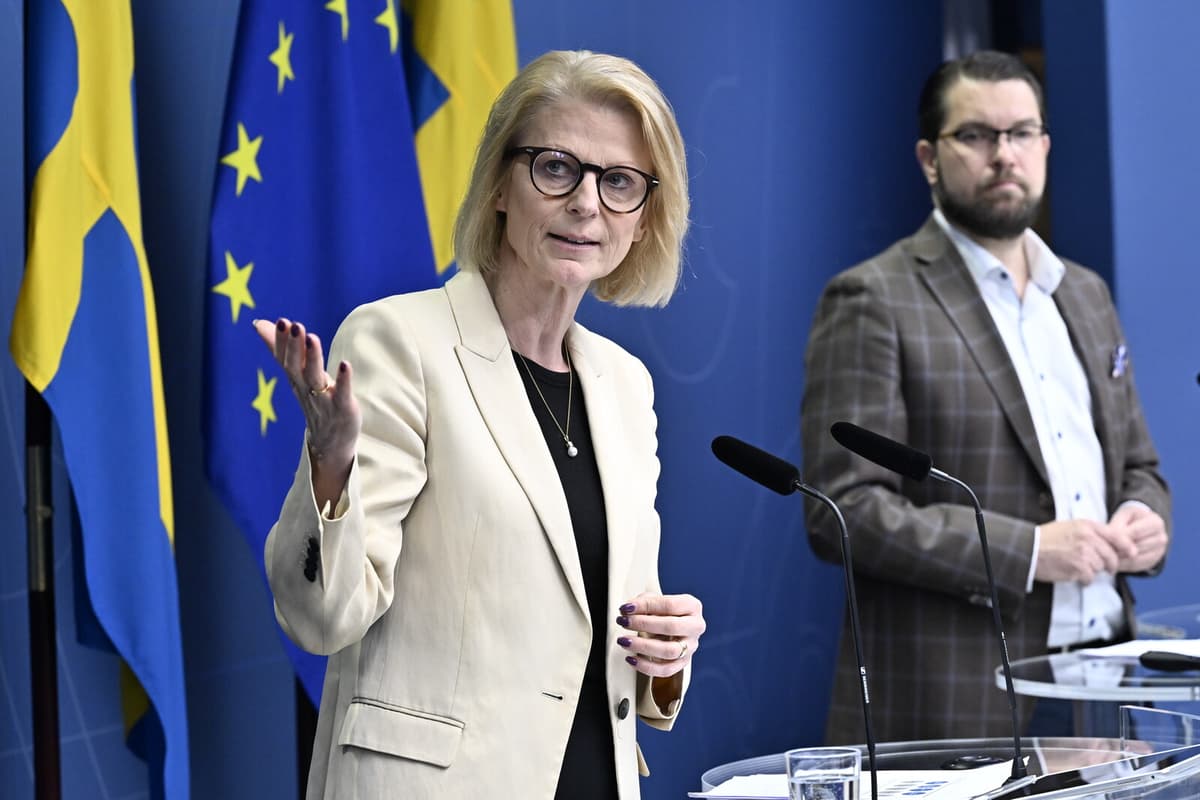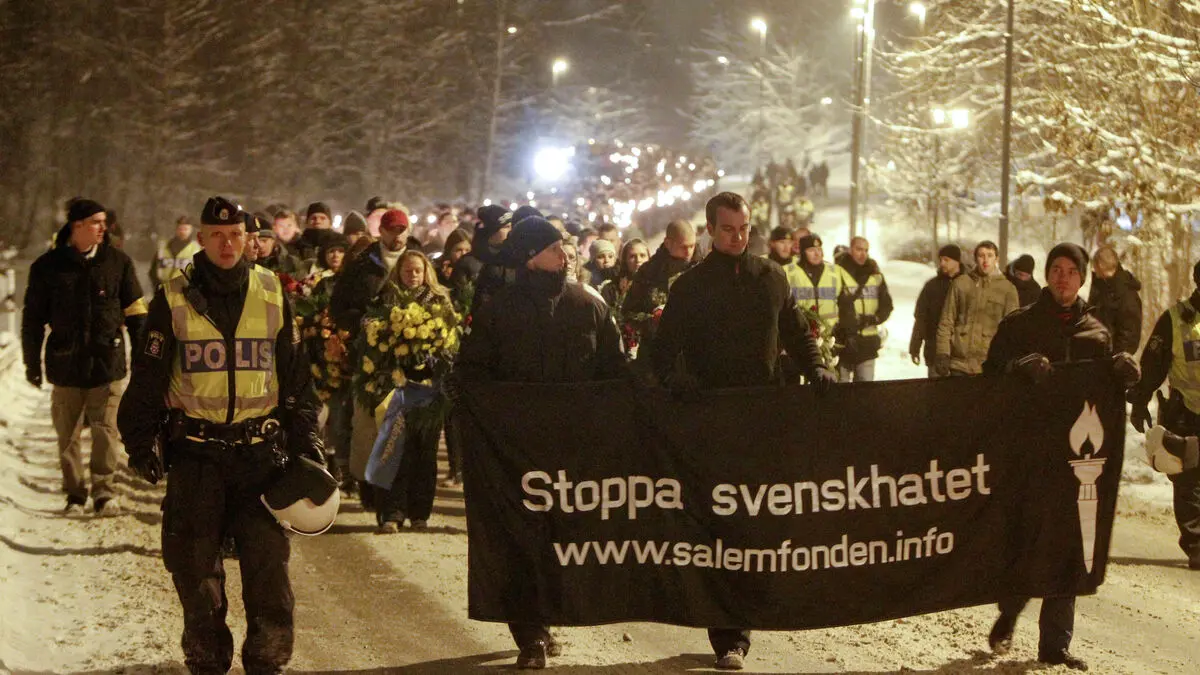According to an agreement in the updated Tidö Agreement, the government has commissioned the National Institute of Economic Research (KI) to analyze the net effects of migration to Sweden between 1983 and 2022. This is to better understand the long-term socio-economic effects of immigration.
The conclusions from the calculations show that the net contribution of refugees to public finances has been negative throughout the entire period under review. The magnitude depends on the size of immigration in a given year and the average length of stay.
"In black and white"
Now we have got it in black and white that the costs have been high during these years and also that the policy we are now pursuing, with a stricter policy, is correct, says Finance Minister Elisabeth Svantesson (M) to Ekot.
In recent years, the negative net contribution has improved, as many of those who arrived during the refugee crisis have managed to establish themselves in the labor market and refugee immigration has been low, according to KI in its report.
Positive contribution
Other foreign-born individuals have had a positive net contribution since 2017, which is explained by the fact that labor immigration has increased, especially among the more highly qualified.
If one adds up the net contribution of all foreign-born individuals, it was positive between 1983 and 1988, then negative until 2022, when it was positive again.
By net contribution, we mean the tax revenues that the public sector receives minus the expenditures that it has directed towards a particular group, for example, education.





